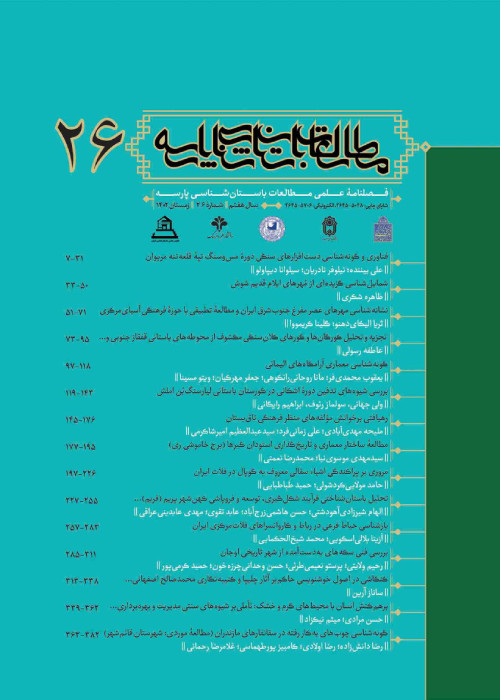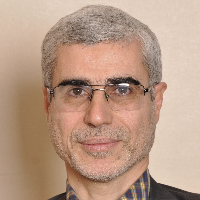Impact Model of Architectural Phenomena on the Value Conservation of Religious-Educational Buildings in the Qajar Period of Tehran
Today, religious-educational buildings in the city of Tehran, which were built during the Qajar period, have undergone adverse physical changes due to natural erosion and urban expansion. Also, these semantic and intangible values of these buildings have faded over time, so that the position of these schools in society has declined. In order to rehabilitate these buildings, it is necessary to identify and pay attention to all the effective values in the conservation process. Therefore, the main purpose of this article is to study the architectural phenomena in the value protection of religious-educational buildings of the Qajar period in Tehran. To achieve this goal, the combined research method (qualitative-quantitative) has been used. The method of data collection is in the form of documentary-library studies, field visits and interviews with experts. Also, the method of data analysis is information using open coding, Chi-square test and Pearson correlation. The reliability of the questionnaire was confirmed by Cronbach’s alpha and the validity of the questionnaire was confirmed by consultation with experts. Findings show that there is a significant relationship between architectural phenomena and the protection of physical, behavioral and semantic values in religious-educational buildings of the Qajar period in Tehran. Also, the most important value in religious-educational buildings is related to the non-physical dimensions of the building, ie behavioral values with a correlation coefficient of 0.91, then semantic values with a correlation coefficient of 0.87. Therefore, in order to rehabilitate and revive the worthy values of this building, only paying attention to physical protection (tangible aspects of the building) with a correlation coefficient of 0.70 is not enough and intangible aspects of the building should be given serious attention. It was finally determined; The most important micro-variables affecting the phenomena of Qajar architecture in Tehran: design view in terms of form, use of the building in terms of performance, moral value in terms of idea, type of arch and roof in terms of technology and social value in terms of integrity have been identified.
- حق عضویت دریافتی صرف حمایت از نشریات عضو و نگهداری، تکمیل و توسعه مگیران میشود.
- پرداخت حق اشتراک و دانلود مقالات اجازه بازنشر آن در سایر رسانههای چاپی و دیجیتال را به کاربر نمیدهد.




